Efficient Insulation Installation to Save on Energy Costs
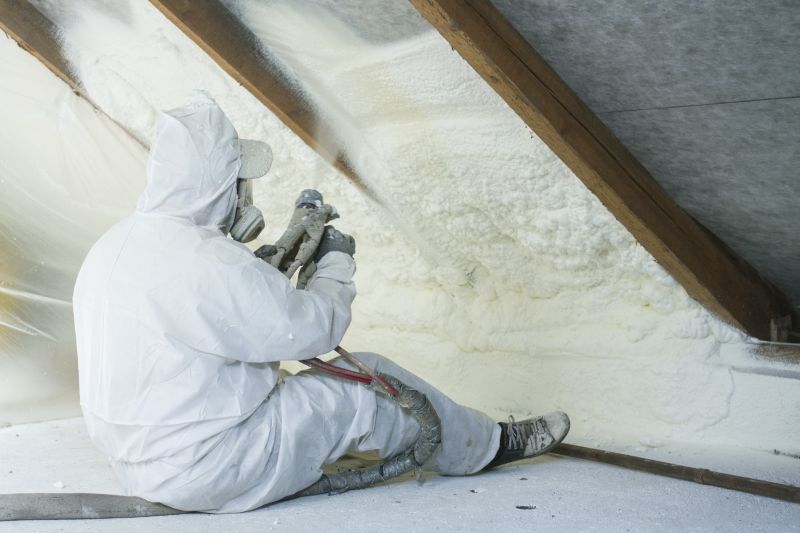
Spray foam provides a dense, airtight seal, ideal for insulating walls and roofs.

Blown-in insulation is effective for attics and wall cavities, offering comprehensive coverage.
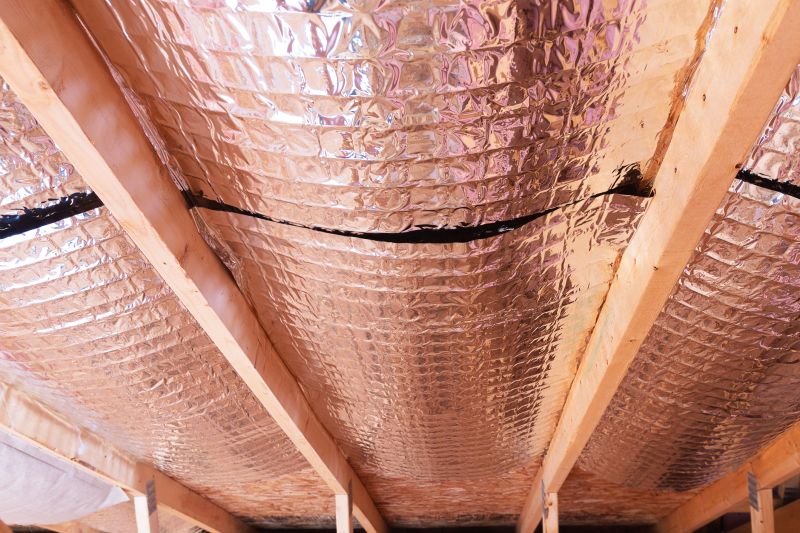
Reflective insulation reduces heat transfer by reflecting radiant energy.
| Benefit | Description |
|---|---|
| Energy Efficiency | Reduces energy costs by maintaining consistent indoor temperatures. |
| Comfort | Improves indoor comfort by minimizing drafts and cold spots. |
| Soundproofing | Dampens noise transmission between rooms and from outside. |
| Moisture Control | Helps prevent mold growth by reducing moisture infiltration. |
| Property Value | Enhances the value of the property through improved insulation. |
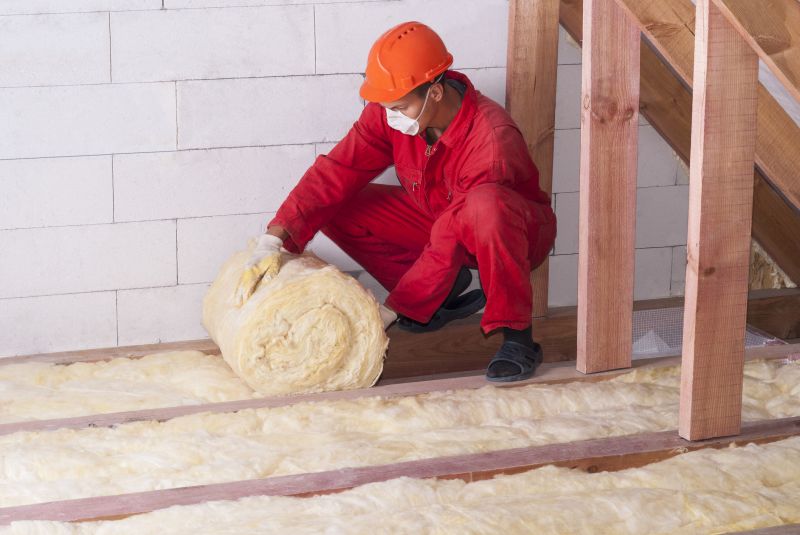
Commonly used for walls and floors, easy to install and cost-effective.
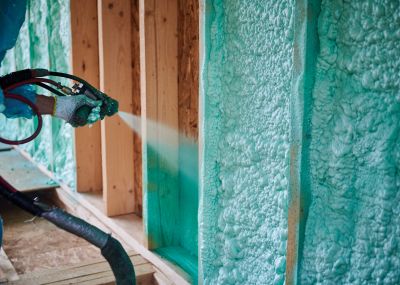
Expands to fill gaps, providing superior air sealing.

Used in attics and radiant barriers to reflect heat.
The process of insulation installation begins with an assessment of the building’s structure and insulation needs. Preparation involves clearing the area and ensuring proper access. For spray foam, the installer applies the foam using specialized equipment, ensuring even coverage and proper expansion. Blown-in insulation is installed using a blowing machine that distributes the material into attic spaces or wall cavities. Batt and rolled insulation are cut to fit and placed between framing members, ensuring a snug fit. Reflective insulation is installed with proper spacing to maximize radiant heat reflection. Throughout the process, careful attention is paid to sealing gaps and ensuring uniform coverage. After installation, the area is inspected for completeness and proper sealing. Proper installation techniques are essential for maximizing thermal performance and energy efficiency.
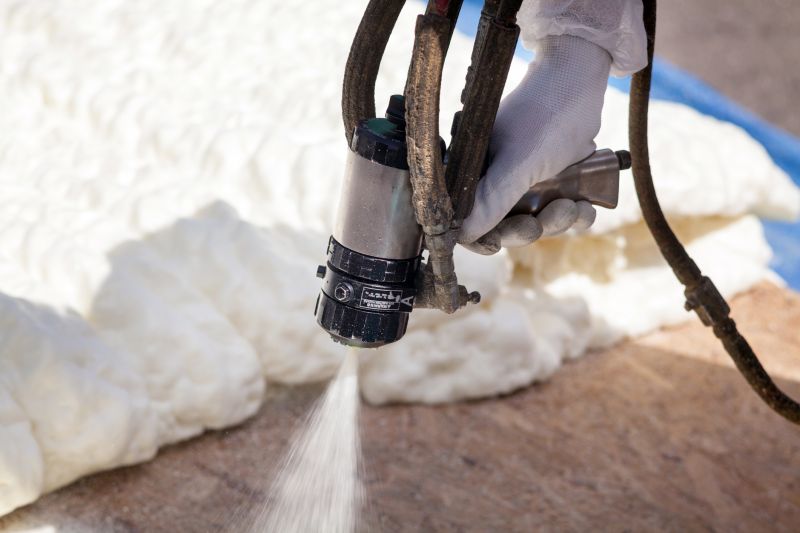
Tools and machinery used for spray foam and blown-in insulation.

Installing insulation in attic spaces for optimal thermal performance.

Ensuring all gaps are sealed to prevent air leaks.
Hiring a professional for insulation installation ensures that the process is performed correctly and efficiently. Experienced installers understand the specifics of different insulation types and can determine the best approach for each building. Proper installation minimizes air leaks, improves thermal performance, and reduces the likelihood of future issues such as mold or pest infiltration. Professionals also have the necessary equipment and techniques to achieve uniform coverage and proper sealing. This expertise helps maximize energy savings and comfort while reducing potential installation errors. Choosing skilled installers can save time and prevent costly mistakes, ensuring the insulation performs as intended over its lifespan.
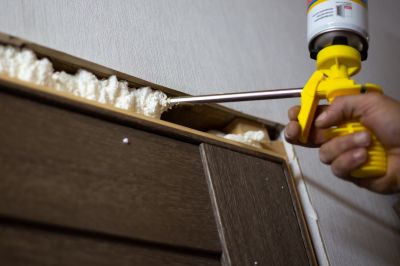
A technician applying spray foam insulation with specialized equipment.
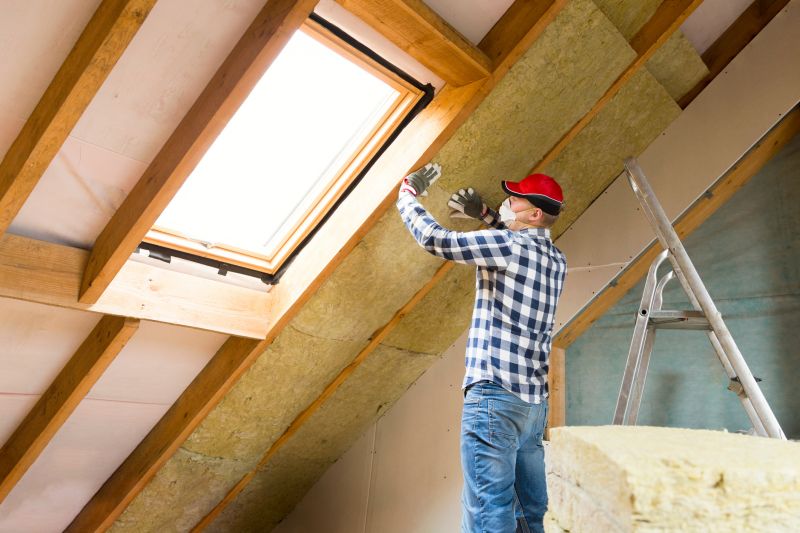
Ensuring proper coverage and sealing after installation.
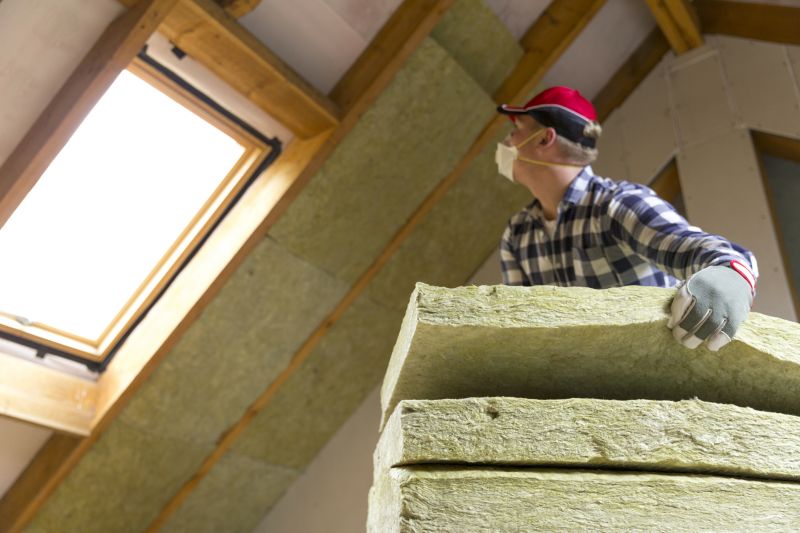
A well-insulated wall or attic space ready for use.

Proper storage of insulation materials before installation.
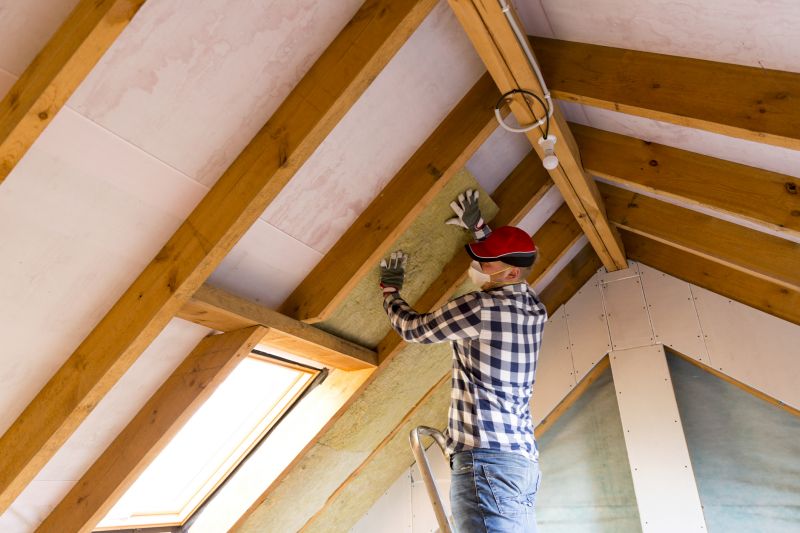
Applying insulation to attic floors for energy efficiency.
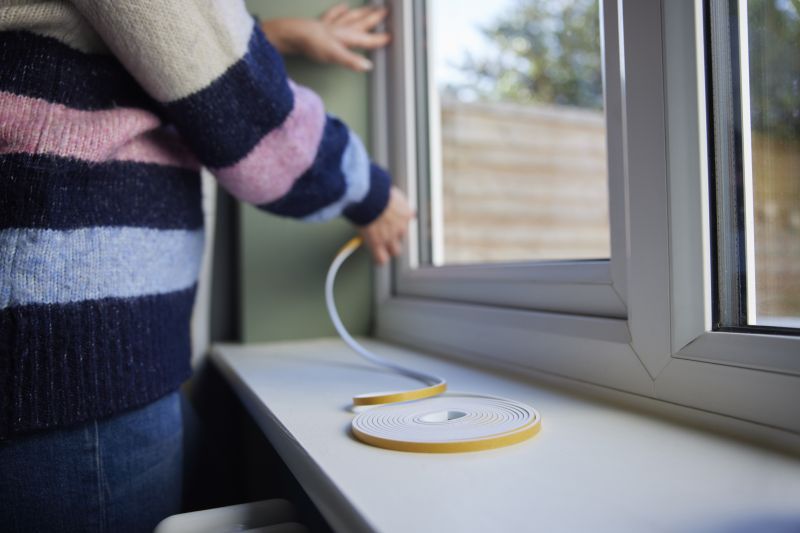
Finished walls with insulation properly installed.
To ensure optimal results, it is recommended to hire experienced professionals for insulation installation. Their expertise guarantees that the insulation is correctly applied, sealed, and fitted to maximize energy savings and comfort. Professional installers also help prevent issues such as moisture buildup, mold, and air leaks, which can compromise insulation performance. The quality of installation directly impacts the longevity and effectiveness of the insulation system, making professional services a worthwhile investment. Properly installed insulation can contribute to lower energy bills, improved indoor air quality, and increased property value.
For those seeking reliable insulation installation services, filling out the contact form can provide a tailored quote and expert guidance. Professional installation ensures that the insulation performs as intended, delivering comfort and efficiency for years to come.



